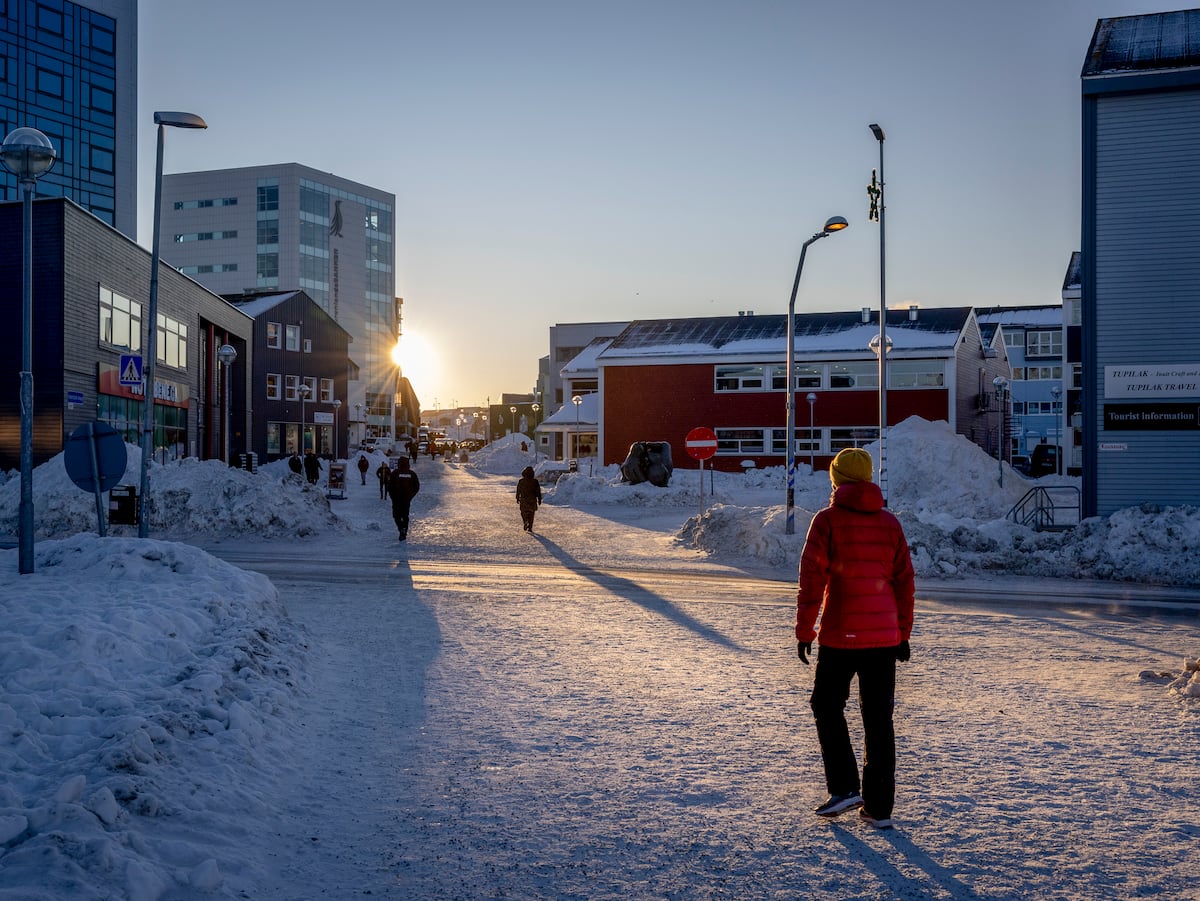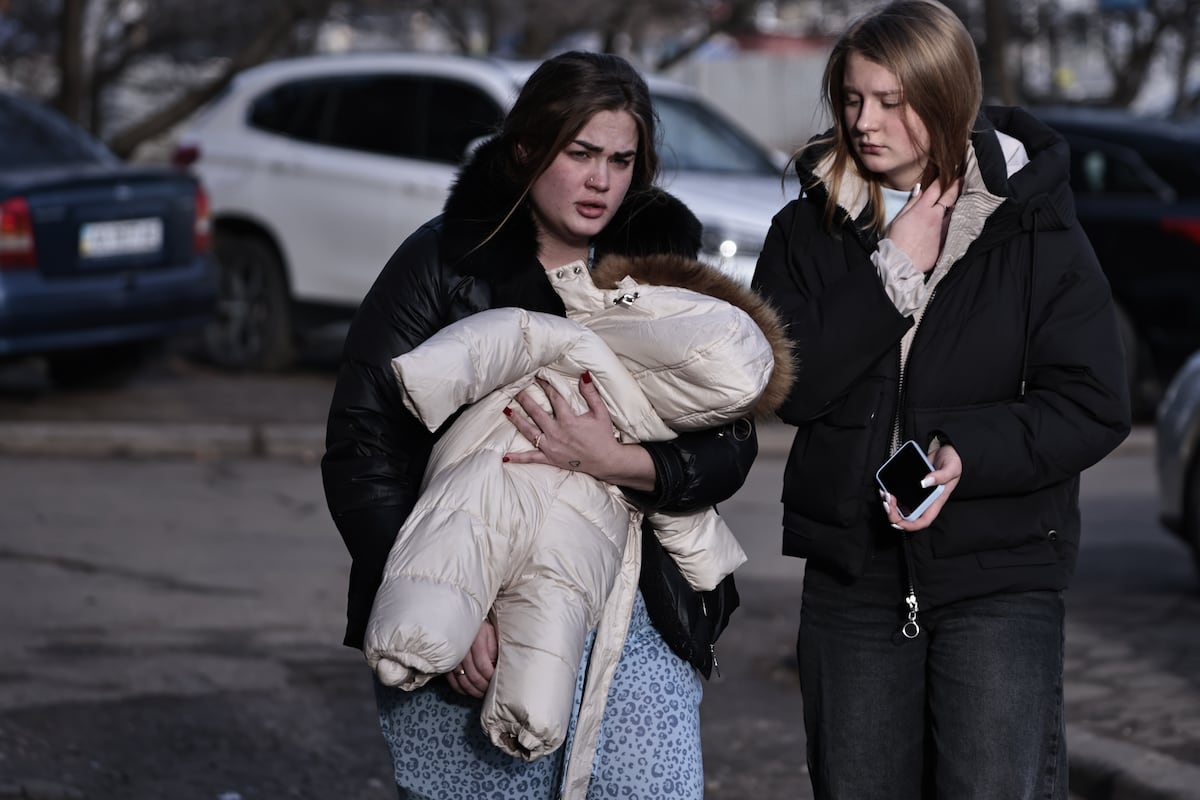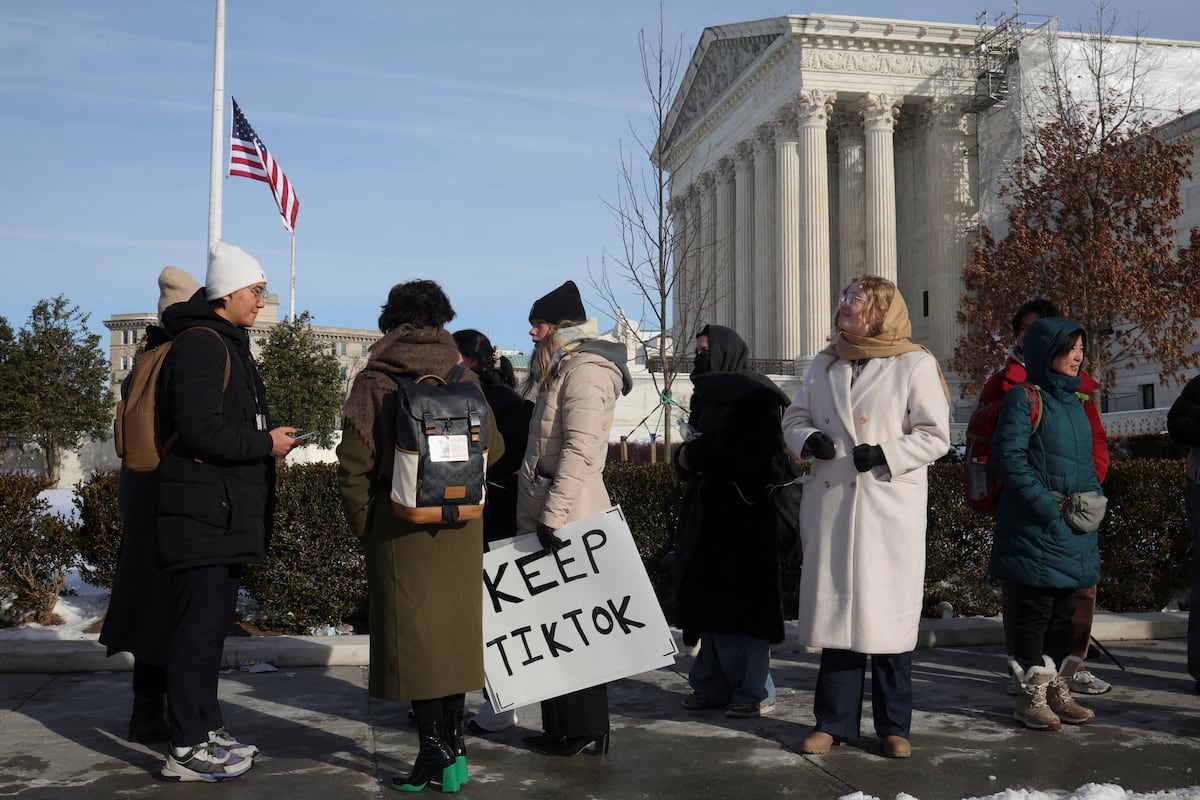Everyone in Greenland knows someone very close to them who has committed suicide. A good friend, a relative, a brother or a neighbor. A father, a sister, a classmate or a student. It is impossible to find – this journalist did not find – a single person on this frozen island who has not been robbed of someone by suicide at one stage or another of their life. Social Democrat Siumut deputy Doris Jakobsen, 50: “Of course I know. In fact, one of the reasons I entered politics was because of that.” Social Sciences graduate Rikke Ostergaard, 48: “I know, of course. Like anyone. Here, you are born, you go to school, you grow up, you become a teenager, you smoke your first cigarette, you have your first boyfriend, your friend commits suicide, you finish your studies… It is part of everyone’s biography.” Poul Pedersen, social worker, 30 years old: “My best friend and my cousin committed suicide. And my best friend committed suicide years after her little sister committed suicide. Every time someone here commits suicide, we ask ourselves: who will be next?” Maliina Abelsen, sociologist, 48 years old: “I know at least 10 people.”
Greenland, immense and empty, the size of Mexico, buried almost entirely in ice, inhabited by 57,000 people (those that fit in the Betis field) – and which Donald Trump now aspires to turn into part of the United States – registers a of the highest suicide rates on the planet. The world average is 9 people per 100,000 inhabitants per year. In Spain it is around 7. In Russia, it is 25, according to 2019 data from the World Health Organization. In Greenland, according to several studies, it does not go below 80. And it has been much worse: in 1989 the suicide Pandemic reached an almost inconceivable 120. During that time, experts considered that Greenland held the strange title of being the place on earth with more suicides.
It is easy to look around and, almost automatically, point to the culprit: the lack of light, the extreme climate, the loneliness, the enormously beautiful but also incredibly hostile nature that makes up every minute you spend in Greenland. In winter it dawns at 11 in the morning and it is not unusual to go to work with a temperature of 15 degrees below zero and with a moon hanging high in the sky as bright as the one that appears on some summer nights in Madrid at two o’clock. the morning Clear days can be freezing, like last Tuesday, when it reached 17 degrees below zero because a north wind was blowing that originated exactly at the Pole; Cloudy days, like Thursday, sometimes bring snow storms that turn the task of walking down the street into a feat. On days like this—on nights like this—there is absolutely no one on the street.
But the explanation is not so simple. There is no study to show that suicides in Greenland occur less on summer days, when daylight does not disappear and the sun dances over the heads of Greenlanders 24 hours a day.
There are old Inuit stories. They say that when the elderly felt useless they would go to a cliff and jump into the sea so as not to constitute a burden for the rest of the community. But, although everyone knows them here, specialists warn that they are just that: stories. In fact, the people who take their lives the most on the island are young men between 20 and 24 years old. Suicides, however, are more frequent among the Inuit, who make up 90% of the population, than the rest. Another factor noted is the massive presence of firearms in the hands of a people of skilled reindeer, seal or caribou hunters who know very well how to use them. But studies show that the most common method of suicide in Greenland is hanging.
Suicide rates are currently skyrocketing in the towns and villages of the eastern part of the island, the most backward, the most remote. In Greenland there are no roads beyond those that link the capital Nuuk with the outskirts and that end, for example, at the university or the cemetery, which on winter days is completely covered in snow, with the disconcerting white crosses of the tombs jutting out above. Communication between populations spread along the coast and hundreds or thousands of kilometers away from each other depends on ships, small planes or helicopters that, like last Wednesday, can be grounded due to a sudden snow storm.
Nuuk, with 20,000 inhabitants, has several restaurants, several shops, many company headquarters, a national museum, a university, a cultural center, a shopping center and several supermarkets. There are even street stalls selling electronic devices and wool hats, coats or down jackets. Everything is placed on the ground on a sheet of cardboard so that it does not get damaged by the snow. Life is expensive, but salaries are also comparable to those in Denmark – the country to which this autonomous territory belongs.
In the cities and villages of the east there is nothing like it. The alcohol level and the problems derived from alcohol became such that the authorities prohibited by law years ago the sale of drinks with more than 15 degrees in certain towns in the east of the island. But the black market works. A small bottle of vodka can cost more than 60 euros. Parallel to the high rates of alcohol, there are high records of sexual abuse and sexist violence.
To try to understand the phenomenon, we must trace its origin. Because it wasn’t always like this. A report published in March 2023 in the journal BMC Psychiatry and who analyzed suicides in Greenland from a historical point of view concluded that people who killed themselves began to do so en masse only in the 1960s. In the seventies the rate already reached 28.7. It did not stop rising until the aforementioned peak in 1989, in which it reached 120. Both in Nuuk and in the rest of the island. Over time, the rate fell—especially in the capital—until it stabilized, on average, at the current 80 in the country.
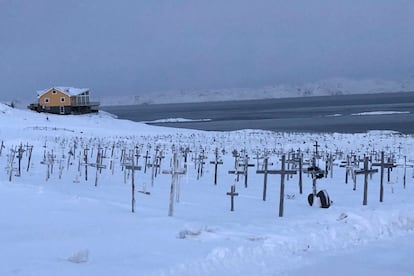
There have been several campaigns by the Greenlandic Government to try to tackle the problem. Measures such as telephone help have also been implemented for people who have suicidal thoughts or compulsions. But so far it has not been possible to lower the ratio. The study adds that the escalation of suicides was coupled with the progressive modernization and westernization of the island, the fact that it stopped being a community of Inuit fishermen and hunters and became something else.
Torn Identity
The sociologist Maliina Abelsen has studied the issue for many years and is clear about where it comes from: “I have traveled to Australia and New Zealand, and Canada, and the same thing has happened in all colonized societies, and they have similar suicide rates. And in Australia it is sunny. And it’s not cold. Like in New Zealand. When you are torn from your own language, your own culture, your own identity, you feel alienated from society and from yourself. And instead of taking that frustration outward and triggering a revolution, you turn it inward and blame yourself for not being good enough.”
Abelsen tells stories of Inuit sent to Denmark to study, “like my own father,” who after spending more than 10 years in Copenhagen, completing their high school diploma and a degree, returned to Greenland uprooted and not really knowing what place they would occupy in society. because they didn’t feel completely Danish but they didn’t feel completely Greenland either. “My father was about to lose our language,” he explains.
Added to this is the almost forced displacement, throughout the seventies, of thousands of fishermen and hunters from the villages who had to go live in the capital. “Many felt like they were living like in a zoo,” says Abelsen. “And when you strip someone of what they are made of and that someone loses their identity, what follows is alcohol, and abuse and violence and suicide,” he adds.
This escalation of suicides, in the opinion of this specialist, created a negative spiral in Greenlandic society, a kind of contagious disease that jumped from generation to generation. “Suicides became a pattern, an Pandemic. At a known exit. In something accustomed. I know many young people whose best friend committed suicide and that led them to think that they had not been good friends, that they did not deserve to live because of that, and they ended up committing suicide too. With which the disease spreads. That’s what I call the negative spiral. Like the drink.”
How do you get out of that? “Well, by opening society to heal all the traumas we carry, both individual, such as guilt or alcoholism or lack of identity, and collective, which often have to do with our relationship with Denmark, because we have created a society based in the notion of us we are not as good as the Danes. That’s what my generation believes. But the new generations no longer think that way.”
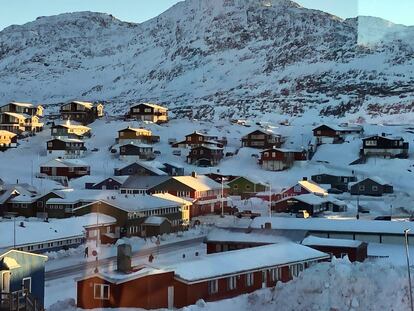
Social worker Paul Pedersen agrees with this kind of domino effect: “One case pushes another and that other infects another and so on. “You don’t know when it’s going to end.” He is not in favor of making a generalization, but he points out a cause that goes deep into the deep character of the Inuit people. “I have lived in Denmark. Some years. And the degree of foresight in everything left me dumbfounded. There were times when someone would meet you for coffee three months in advance! We are not like that. Maybe because of the weather, but we know that it is not worth planning everything so much because the weather can change suddenly and turn everything upside down. You can’t look much further. And that’s why, when someone is bad, psychologically bad, they don’t see the way out, they don’t see the future and they end up killing themselves. We are an impulsive people. I agree with Abelsen: if you pluck a flower from one plant and transplant it to another, it won’t be very happy. But I’m not sure it’s just because of that. I think there is something else, I don’t know what it is. “It is something intriguing and terrifying.” Pedersen and his sister promised each other years ago that, no matter what happened and whatever happened to them, they would never commit suicide.
In the old part of Nuuk, near the house of the city’s founder, the clergyman Hans Egede, who arrived in 1721, there is an Inuit woman no older than 25 years old. He’s smoking one of those electronic cigarettes. The day is clear. Not far away you can see the gray sea and the very white mountains packed with snow. The woman works as a manager in a company that makes traditional costumes, made from reindeer and caribou skins. These are not suits for tourists. They are suits intended for the people here. In order for the skins to be tanned and dried, they must remain spread out all winter, tied to a board, in the freezing air that blows from the north. She comes from a village in the east. He says that in summer it is not at all unusual to see whales passing by from the window of the house. He now works in Nuuk.
He also knows several close people who have committed suicide. He says he respects her decision. That they decide. And when asked why they do it, he explains that it doesn’t taste good, that maybe those people would have needed to talk… But then, he smokes the very modern electronic cigarette while looking at the sea and then at the old board with the reindeer skin. And he adds: “You know? I don’t know how to explain it in English. To try to explain it and be sure of what I mean I would need to tell it to you in my language. That’s why I prefer to stop here. That’s why I prefer that you don’t put my name.”

